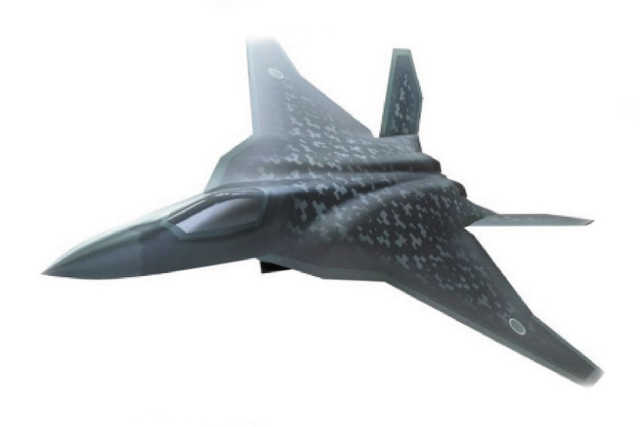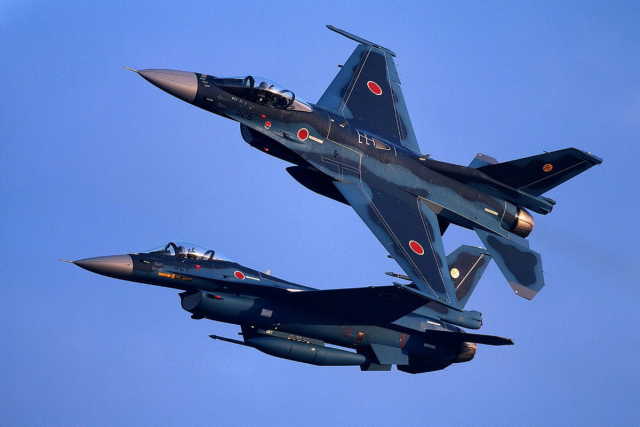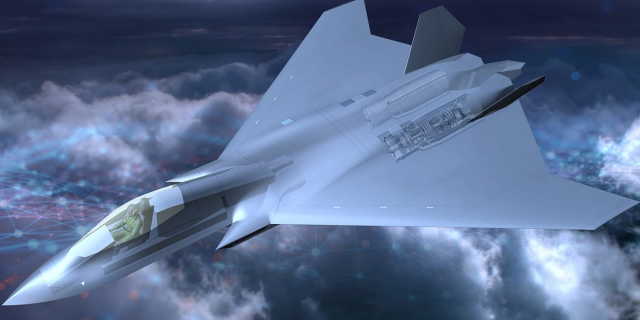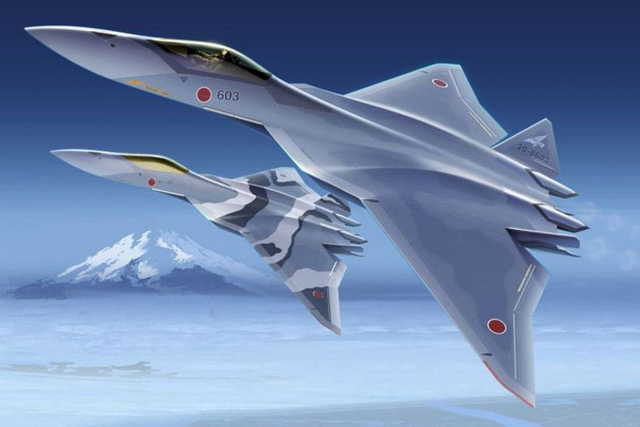According to Japanese media reports, a promising F-3 fighter for the Japanese Air Self-Defense Force (Japan Air Self–Defense Force, JASDF, hereinafter referred to as WSSA) will be developed jointly with the UK. Initially, the design of the new machine was planned to be carried out jointly by Mitsubishi Heavy Industries (MHI) and Lockheed Martin (USA), and the latter supported the integration of various systems. However, Lockheed Martin's technical assistance is difficult to coordinate due to restrictions on the disclosure of classified information.

Japanese advanced fighter F-X (F-3)
Instead, it is claimed that now MHI and British BAE Systems are planning to jointly develop an aircraft airframe and an electronic warfare system, and Ishikawajima-Harima Heavy Industries (IHI) and Rolls-Royce are planning to jointly develop an engine for the F-3. It is expected that a formal agreement on such cooperation will be reached by the end of 2022.
VSYA plans to introduce a promising F-3 fighter around the mid-2030s, when the current F-2 will begin to retire. Meanwhile, the UK is working on a sixth-generation Tempest fighter, so the Japanese and British programs partially coincide. Tempest development is led by BAE Systems and, according to experts, has technologies in the field of electronic warfare systems that exceed the competence of many American companies.

The current VSYA F-2 fighter
The Japanese Ministry of Defense has already changed its policy of self-development of engines for the F-3 in order to conduct this work jointly with the UK. In addition, both countries are jointly developing an air-to-air missile JNAAM. The prototype is expected to appear in 2022, and test firing is expected in fiscal year 2023.
In addition, the Italian Leonardo holding company may also join the F-3 program. Japan and the UK are collaborating on sensors for fighter jets, and Leonardo UK is developing sensors and avionics for Tempest.

British Tempest. Concept
According to the source, the future fleet of combat aircraft of the Armed Forces should consist of upgraded F-15J, F-35A/B and F-3. It is planned to produce about 90 promising F-3 fighters. In the budget for fiscal year 2022, the Japanese Defense Ministry allocated 85.8 billion for R &D. yen ($664 million).
At the same time, it is likely that the project will face many technical problems and delays, as in the case of the F-35. Therefore, it may be necessary to consider extending the service life of the aging F-2.
Regardless of this latest development, Lockheed Martin will continue to participate in the joint design of a UAV designed to perform the task in tandem with the F-3 and capable of connecting to US Air Force communications systems.
According to the materials of the resource shephardmedia.com

